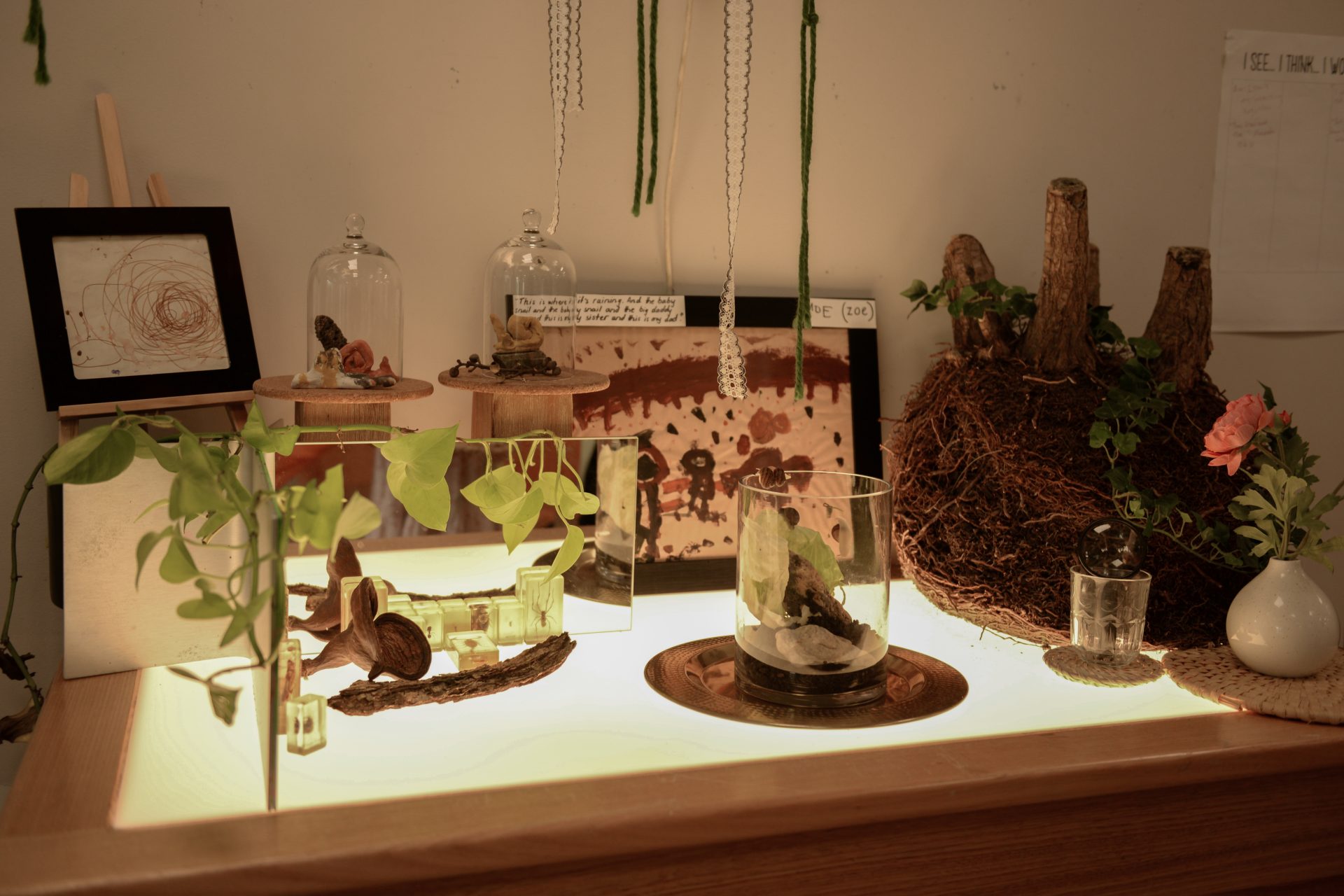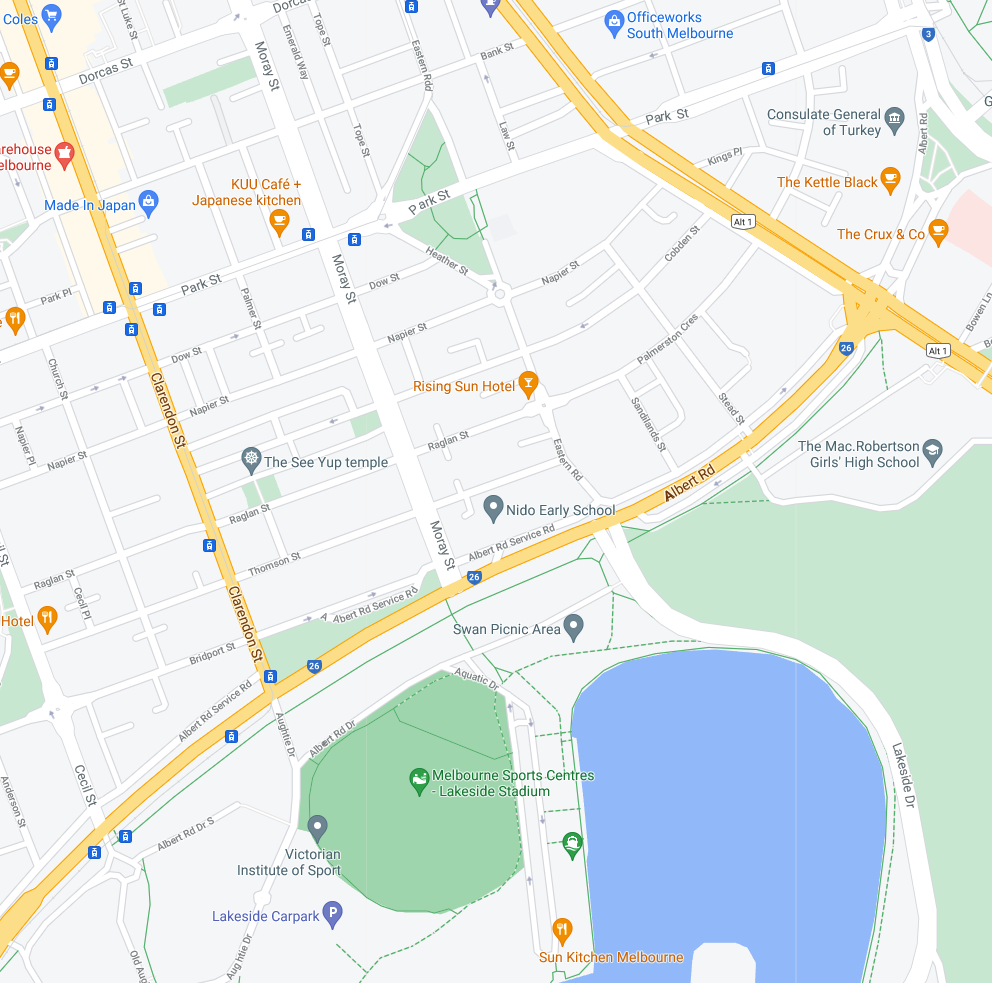
Every Reggio Emilia classroom has a designated room or area that’s known as the atelier. While it’s often referred to as the art studio, such a term – although immediately understandable – fails to convey the true intricacies of its role.
Rather than thinking of the atelier as a place where children carry out art projects, the space is better described as:
A space where creativity is stimulated and explored – a laboratory of discovery where intelligent materials encourage open-ended experiences.
The heart of the classroom
Every Reggio Emilia atelier is unique. From the arts and crafts tools available to the use of light, space, furniture and more, each individual early educational facility takes full advantage of the nuances of its location.
Two of the guiding principles of the Reggio Emilia philosophy are:
- The environment is the third teacher.
- The 100 languages of children.
The first of these is about the space that a child lives and learns. The best early learning experience comes from spaces that are filled with objects and resources that stimulate all five senses, encourage curiosity and have a positive, targeted and age-appropriate impact on child development.
The early years are a time when the brain is developing at an outstanding pace. Thousands of neural connections are being made – therefore, an environment that encourages curiosity, exploration and questioning is crucial to support this.
The second principle – the 100 languages of children – is symbolic. It references that children learn through hundreds of methods, such as singing, drawing, painting, dramatic play, sculpting etc. In other words, they learn through all the senses, meaning that each must be provided with stimuli of equal importance.
The atelier is the hub of the classroom. It’s filled with items that aren’t just playthings, but sensory items and objects that children can experiment with as they choose. This encourages discovery, experimentation, problem-solving and creativity that’s driven by the individuals’ interests. Activities are overviewed by the Reggio Emilia teacher – or atelierista – who observes the direction of travel and encourages (but doesn’t direct) further actions.
In short, the end product isn’t the destination. It’s the journey the child takes to get there that provides so much value.
The wide variety of media within an atelier is a crucial element. While this will include some of the usual art studio suspects (paints, crayons, glitter etc), a vital difference is the use of natural products. Their inclusion provides great value, with highly tactile and sensory elements providing children with a five-dimensional landscape in which they can make sense of the world around them, problem solve and learn to work in both a solo capacity as well as with their peers.
For instance:
- Tactile media encourages problem-solving: An example would be to use crunchy autumn leaves. These require a delicate touch to include them in an art project. While it’s fun to scrunch them, fine motor skills are needed to keep them whole and successfully glue them onto paper as a decoration.
- Fragrant media stimulates the linked olfactory system and eyesight: The heady smell of flowers is paired with the discovery of colour, or the smell of freshly mown grass stimulates the neural pathways that links the distinctive aroma to the colour green.
- Natural objects, such as wood, twigs, etc, are ripe for exploration: Such items have their own feel, smell, look and even sound (think the snapping of twigs), all of which provide wonderfully expressive items for creative projects.
Exploration is key. The atelier is a place where children can:
- Take their time, follow their instincts and enjoy their own unique creative processes.
- Ask questions, give opinions, learn to express their feelings - both verbally and through their creations.
- Get messy! While not every session will end up squidgy or squishy, the atelier is an environment where it’s absolutely fine to get down and dirty – it’s all part of the delicious sensory learning pathway.
In short, while the atelier is an art studio, to refer to it in such a simplistic term is to overlook the global role it plays in early childhood development.
At Evoke Early Learning, our Albert Park and Clayton centres combine space, light and media to provide ateliers that promote an incredible sensory, art-focused environment. In combination with our advanced childcare philosophy and incredible early learning educators, we offer the ultimate home-from-home environment for the most precious members of your family.Book a tour today and come and meet our team.

Tracey is a highly qualified educator and administrator and brings a strong combination of academic achievement, extensive work experience in the education and business sectors as well as drive and passion to her role as General Manager of Operations at Evoke Early Learning.
Tracey has a Master of Education and an Advanced Diploma of Business and holds VIT Dual Registration to teach in Early Childhood and Primary School settings. She’s also a VIT Trained Mentor Teacher and has worked in ECEC settings as a Director, Educational Leader and as a Victorian Senior Area manager. Her recognition as a state finalist in the recent Director of the Year Awards is testament to her achievements in the early education sector.
Her extensive work experience also included a stint as Head of Curriculum at the Royal Children’s Hospital Education Institute and positions as head of ICT at a number of large primary and secondary schools. Tracey is also experienced in not-for-profit sessional kindergarten settings and long daycare environments, so she has a deep understanding of what’s required to support the needs and expectations of young children, educators, parents and caregivers.
Tracey is responsible for operational management at Evoke Early Learning’s Clayton centre in Oakleigh East and their Albert Park centre in South Melbourne and is deeply committed to leading and driving effective and sustainable service delivery throughout the company.
Tracey is passionate about making a meaningful difference to young children, their parents and the wider community and under her expert guidance, Evoke Early Learning is continuing to raise the bar in quality early education and childcare.


